Home>Ideas and Tips>Algae Facade Installation for Sustainable Building Solutions
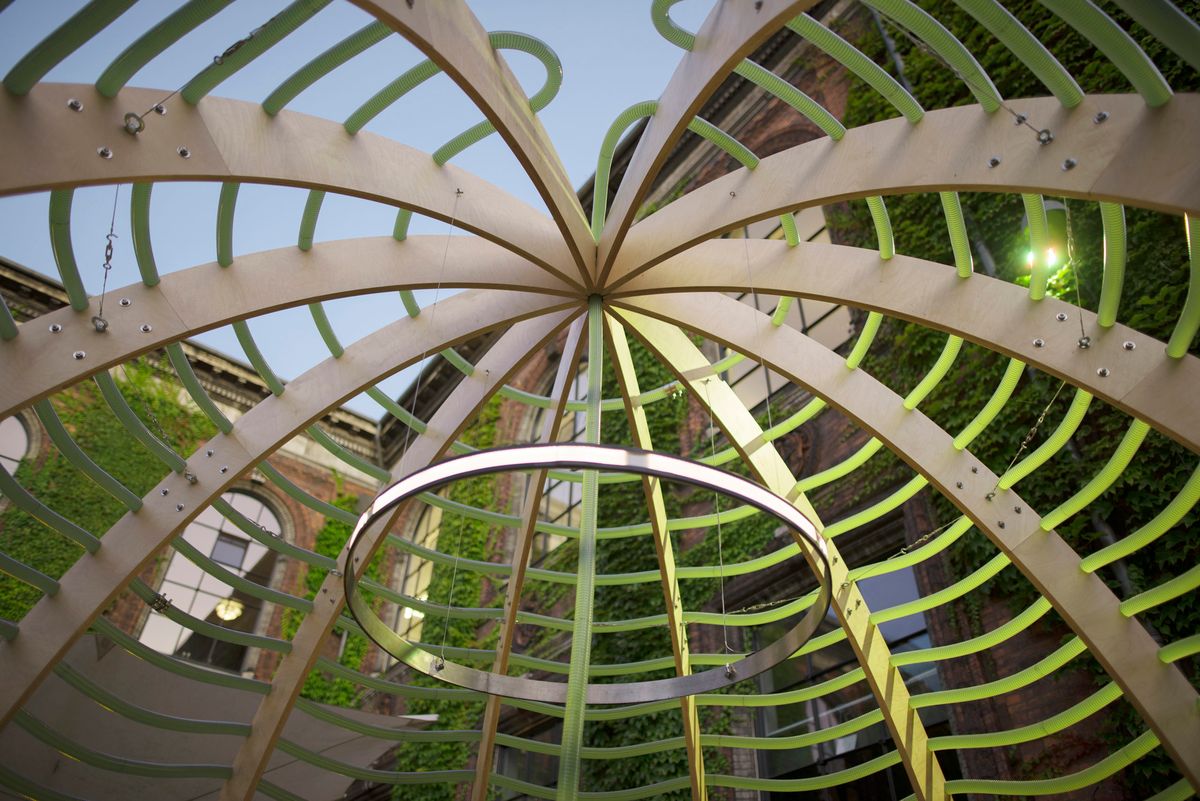

Ideas and Tips
Algae Facade Installation for Sustainable Building Solutions
Modified: October 23, 2024
Discover the benefits of algae facade installation for sustainable building solutions, enhancing energy efficiency, air quality, and aesthetic appeal.
(Many of the links in this article redirect to a specific reviewed product. Your purchase of these products through affiliate links helps to generate commission for Storables.com, at no extra cost. Learn more)
Introduction
In the pursuit of creating more sustainable and environmentally friendly buildings, architects and engineers have been exploring innovative technologies that not only reduce energy consumption but also contribute to a healthier living environment. One such technology is the integration of algae facades into building design. This article delves into the concept of algae facades, their benefits, and how they can be effectively installed to provide sustainable building solutions.
Read more: How To Install A Facade
History and Development
The construction sector is a significant contributor to greenhouse gas (GHG) emissions, with estimates suggesting that emissions from buildings will double over the next 20 years if current trends continue. To mitigate this, designing energy-efficient buildings that meet their energy needs from renewable sources is crucial. Algae facades represent a novel approach to achieving this goal by integrating photobioreactors (PBRs) into building design. These systems not only provide thermal insulation, shading, and solar collection but also convert light into biomass, offering a sustainable alternative to traditional building materials.
The concept of using algae in building design is not new. However, recent advancements in technology have made it more feasible and efficient. The first pilot project, the BIQ House in Hamburg, Germany, was launched in 2013 and featured a 200m² photo-bioreactor integrated into the building's façade. This project demonstrated the potential of algae facades as multifunctional bio-facades that produce biomass and heat as renewable energy sources.
Benefits of Algae Facades
Algae facades offer a multitude of benefits that make them an attractive option for sustainable building design.
Energy Efficiency
One of the primary advantages of algae facades is their ability to reduce energy consumption. By integrating PBRs into the building envelope, these systems can meet up to 30% of a building's thermal needs through thermal insulation, shading, and solar collection. This reduction in heating, cooling, ventilation, and lighting loads leads to significant energy savings and subsequently lower CO2 emissions.
Carbon Sequestration
Algae facades have the potential to sequester CO2 at an average rate of 5 g/ft²/day when optimized for growth and operation. This process not only helps in reducing atmospheric CO2 levels but also contributes to mitigating global warming.
Improved Indoor Air Quality
The integration of algae facades can improve indoor air quality by absorbing CO2 and producing oxygen. Studies have shown that algae facades can produce up to 60-75% of the oxygen needed by humans through CO2 absorption. This natural air purification system enhances occupant health by providing a more comfortable and healthy indoor environment.
Enhanced Building Performance
Algae facades can act as smart photosynthetic surfaces that respond to the current state of climate warming. They increase the passive performance of buildings by providing thermal and sound insulation. The algae population can be used as a movable shading device, further enhancing the building's energy efficiency.
Aesthetic Appeal
Beyond their functional benefits, algae facades offer a unique aesthetic appeal. They can transform the envelopes of buildings into factories of energy while providing a distinctive look that deviates from traditional building facades. This innovative design element can enhance the architectural appeal of buildings and contribute to a more sustainable urban landscape.
Installation and Design Considerations
While algae facades offer numerous benefits, their installation and design require careful consideration to ensure optimal performance.
Read more: What Is A Facade?
Photobioreactors (PBRs)
PBRs are the core component of algae facades. These bioreactors provide the necessary environment for algae growth, including light, nutrients, and water. The design of PBRs is crucial as it affects the efficiency of algae production and energy savings. Various types of PBRs exist, including tubular PBRs, flat plate PBRs, and bubble column PBRs.
Integration into Building Design
Integrating PBRs into building design involves several steps:
- Material Selection: The choice of materials for the PBRs is critical. Materials should be durable, resistant to corrosion, and capable of withstanding various environmental conditions.
- Lighting Requirements: Algae require specific lighting conditions to grow efficiently. The design should ensure adequate light penetration while minimizing heat gain.
- Nutrient Supply: A reliable system for supplying nutrients to the algae is essential. This can be achieved through automated feeding systems.
- Water Management: Proper water management is vital to maintain optimal growth conditions for the algae.
- Thermal Performance: The thermal performance of the PBRs should be optimized to reduce heating and cooling loads.
Case Studies
Several case studies have demonstrated the feasibility and effectiveness of algae facades in real-world applications.
- BIQ House: The BIQ House in Hamburg, Germany, is one of the pioneering projects in algae facade technology. This passive house apartment features a 200m² photo-bioreactor that produces biomass and heat as renewable energy sources.
- Solarleaf: The Solarleaf project by Arup involves the integration of bioreactor facades into buildings to produce oxygen and reduce CO2 levels. This system uses acrylic sheets to create a bioreactor that supports algae growth.
- Egyptian Case Study: A study conducted in Egypt explored the feasibility of applying algae-based facade technology in densely populated cities. The study found that integrating PBR facades into commercial buildings can reduce energy consumption by up to 50% and contribute significantly to environmental preservation.
Challenges and Prospects
While algae facades offer numerous benefits, there are several challenges associated with their implementation.
Read more: What Is A Brick Facade
Technical Challenges
- Scalability: One of the primary challenges is scaling up the technology to meet the demands of large-scale building projects.
- Maintenance: Regular maintenance is required to ensure optimal performance, which can be time-consuming and costly.
- Cost: The initial investment in algae facade technology is high, which can be a barrier for some building owners.
Environmental Challenges
- Climate Suitability: The suitability of the climate for algae growth is a critical factor. Regions with high temperatures and low humidity may require additional measures to maintain optimal growth conditions.
- Water Usage: Algae require significant amounts of water for growth, which can be a concern in water-scarce regions.
Social and Economic Factors
- Public Acceptance: Public acceptance is crucial for the widespread adoption of this technology. While some people appreciate the innovative design element, others may be concerned about the high cost and maintenance requirements.
- Regulatory Frameworks: Regulatory frameworks need to be developed to support the integration of algae facades into building codes and standards.
Conclusion
Algae facades represent a promising solution for sustainable building design. By integrating PBRs into building envelopes, these systems can reduce energy consumption, sequester CO2, improve indoor air quality, and enhance building performance. While there are challenges associated with their implementation, the benefits of algae facades make them an attractive option for architects and engineers seeking to create more sustainable and environmentally friendly buildings.
As technology continues to evolve, we can expect to see more efficient and cost-effective solutions for algae facade installation. With careful consideration of design elements, material selection, and maintenance requirements, algae facades can play a significant role in transforming the built environment into a greener and healthier space for future generations.
Read more: What Is The Facade Of A House
References: Algae-Powered Buildings: A Review of an Innovative, Sustainable Approach in the Built Environment. Sustainability 2025, 15(4), 3729. Microalgae as a sustainable facade for occupants' health: A review. Livia Hariyanto et al., ACESA 2022, Vol.4, No.1, March 2022. Microalgae: Prospects for greener future buildings. Vertical façades can become smart photosynthetic surfaces that respond to the current state of climate warming. Bio-algae: a study of an interactive facade for commercial buildings. Journal of Energy and Sustainability 2021.
By integrating algae facades into building design, we can move closer to achieving zero-energy buildings and contributing to environmental preservation. The future of sustainable architecture is not just about reducing carbon footprints but also about creating healthier living environments that benefit both occupants and the planet.
Was this page helpful?
At Storables.com, we guarantee accurate and reliable information. Our content, validated by Expert Board Contributors, is crafted following stringent Editorial Policies. We're committed to providing you with well-researched, expert-backed insights for all your informational needs.
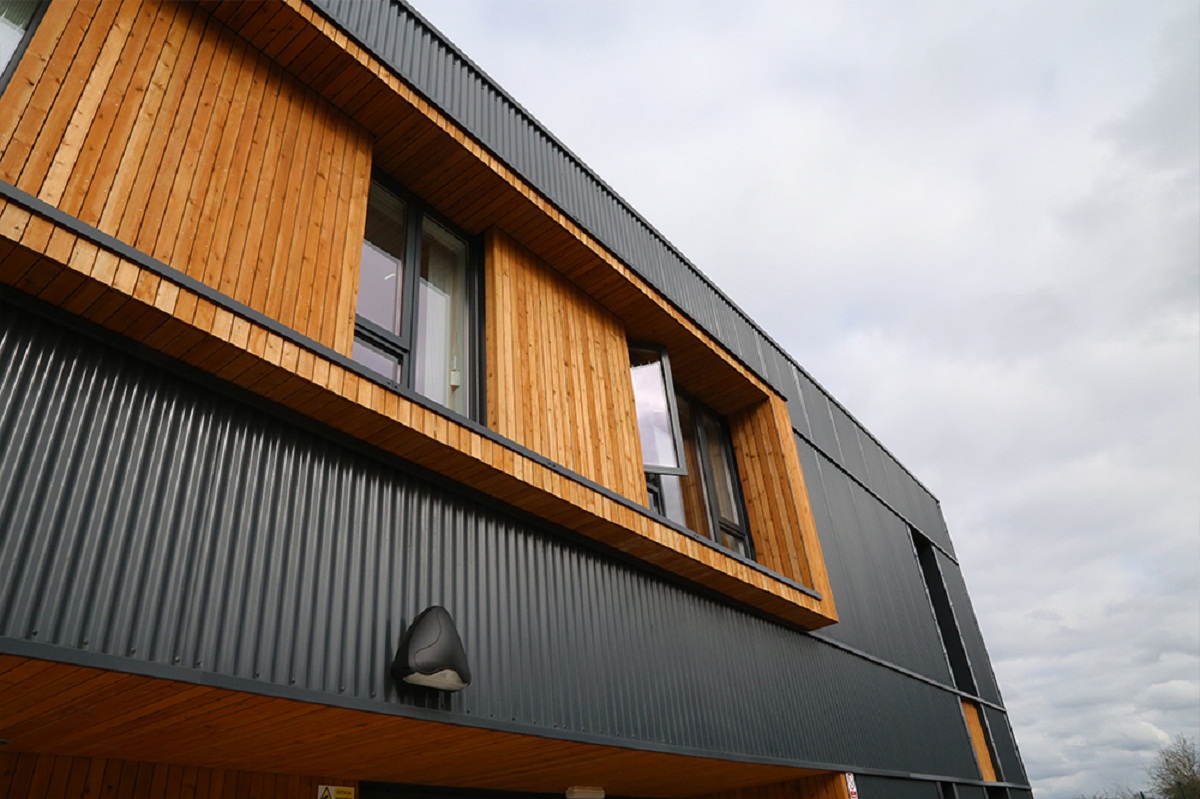

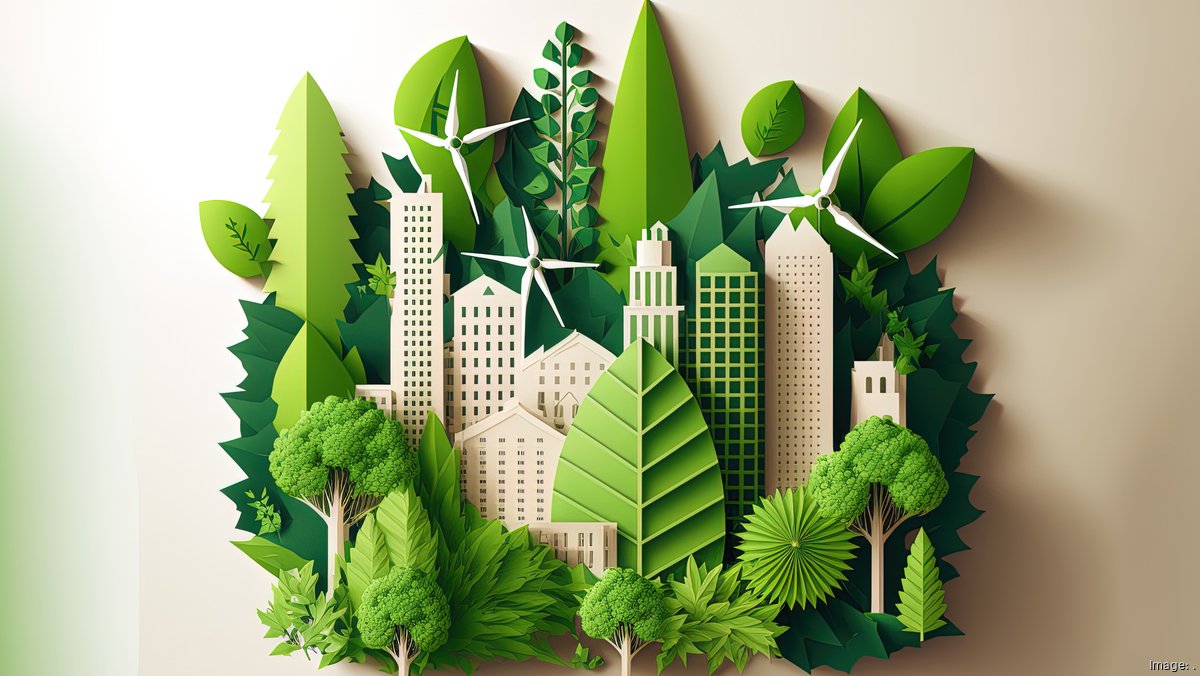
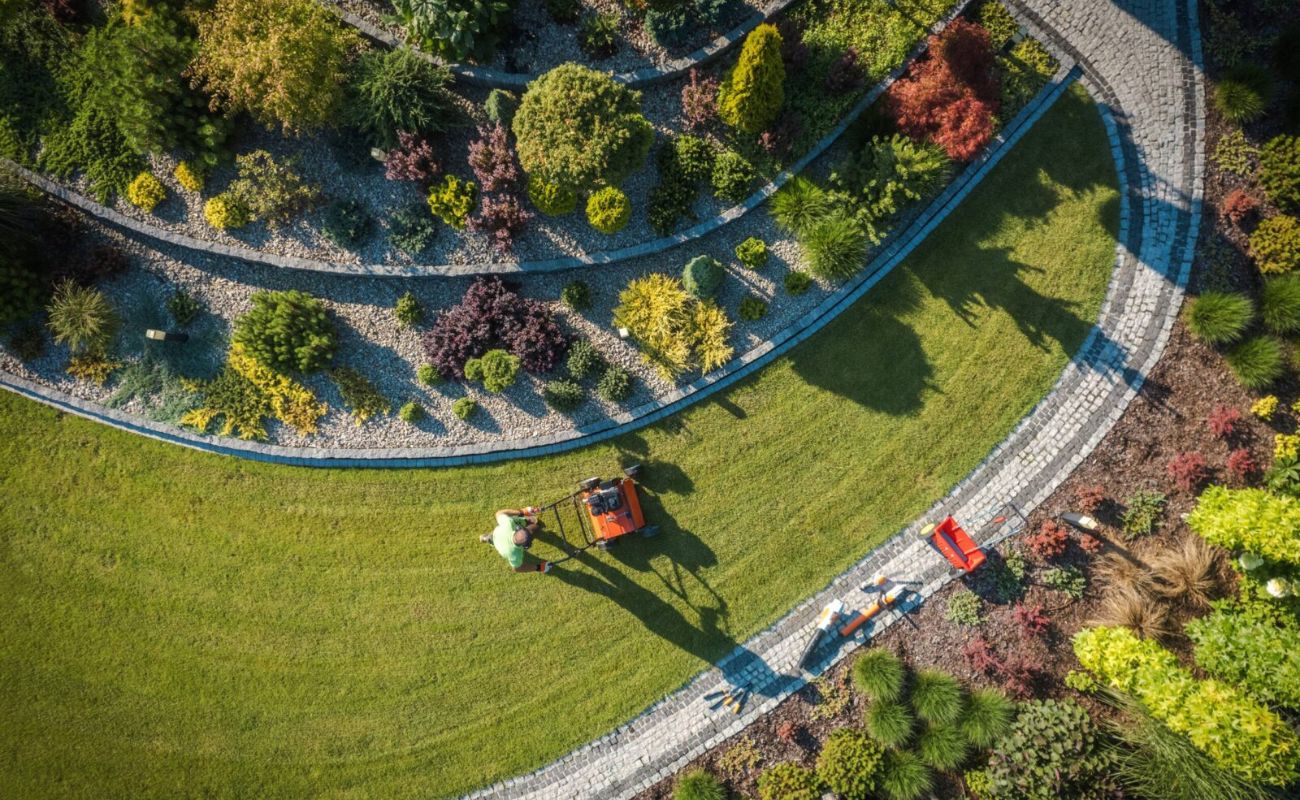
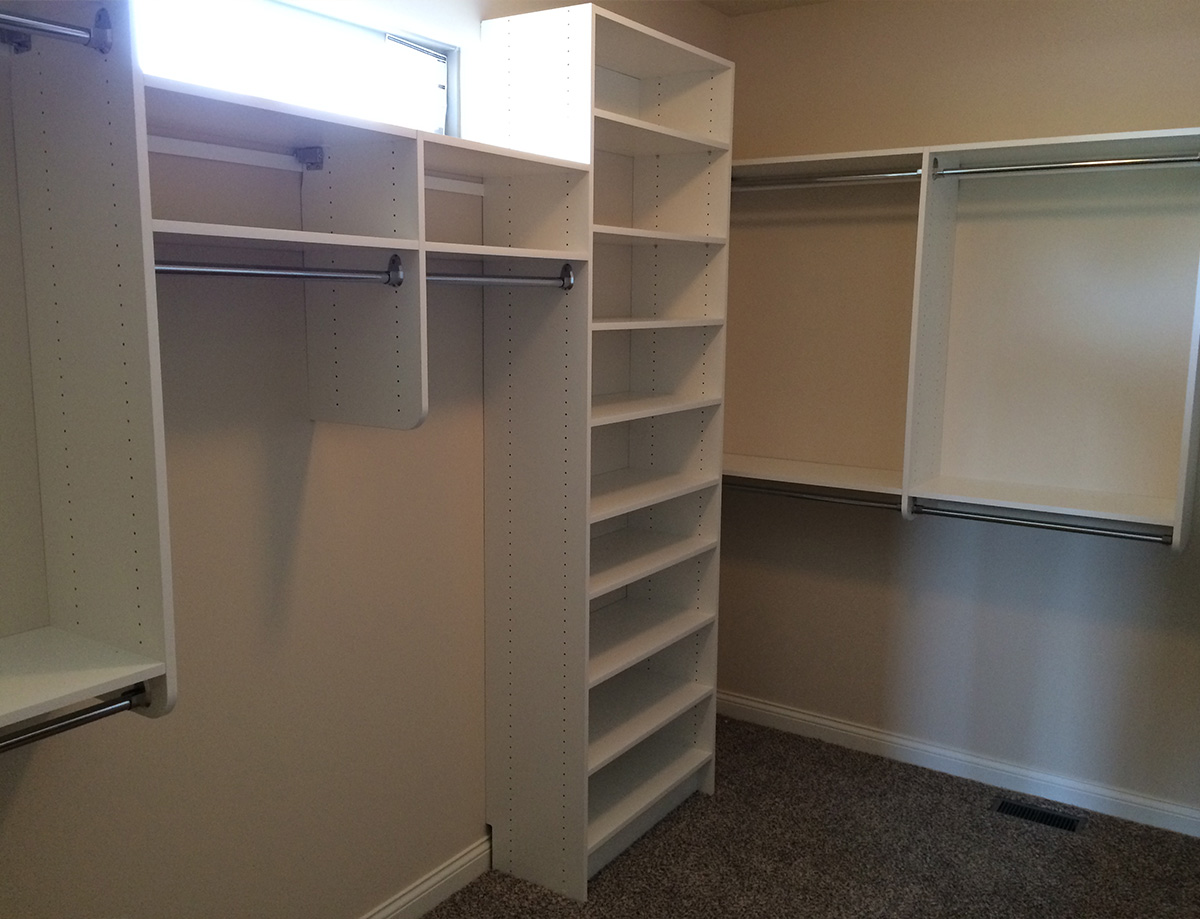
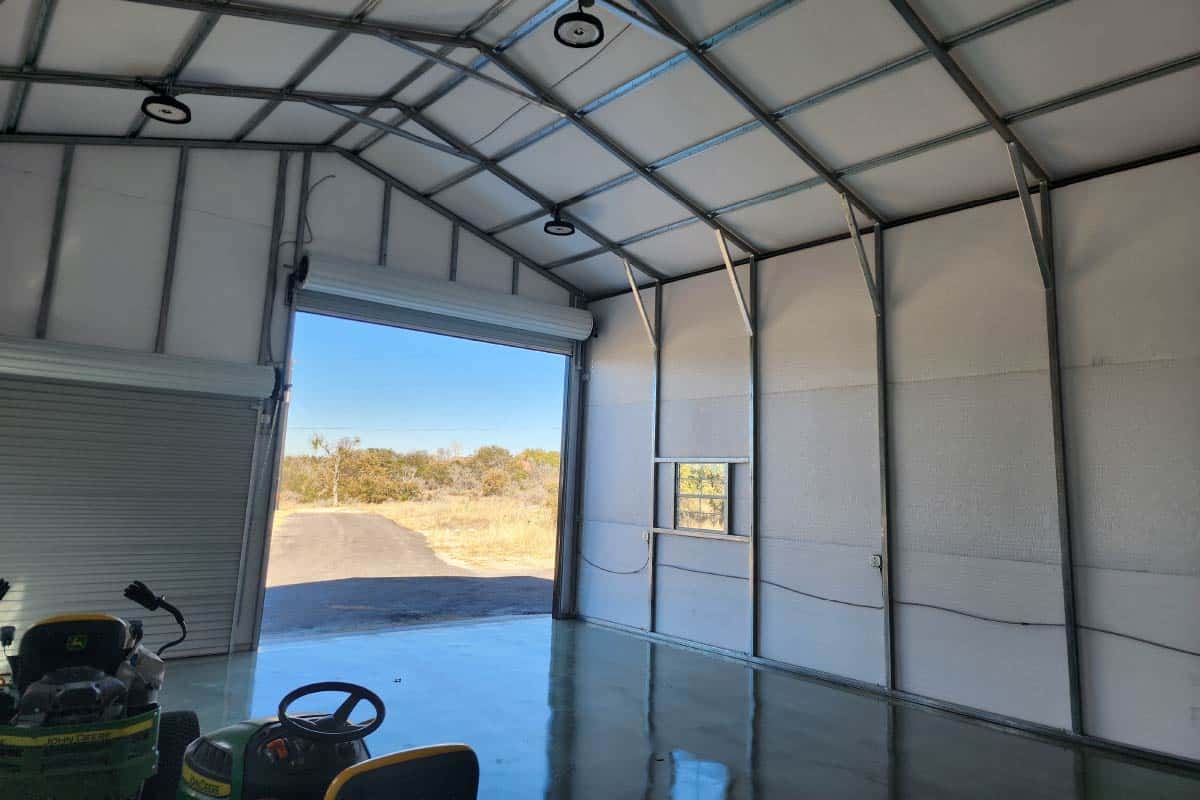
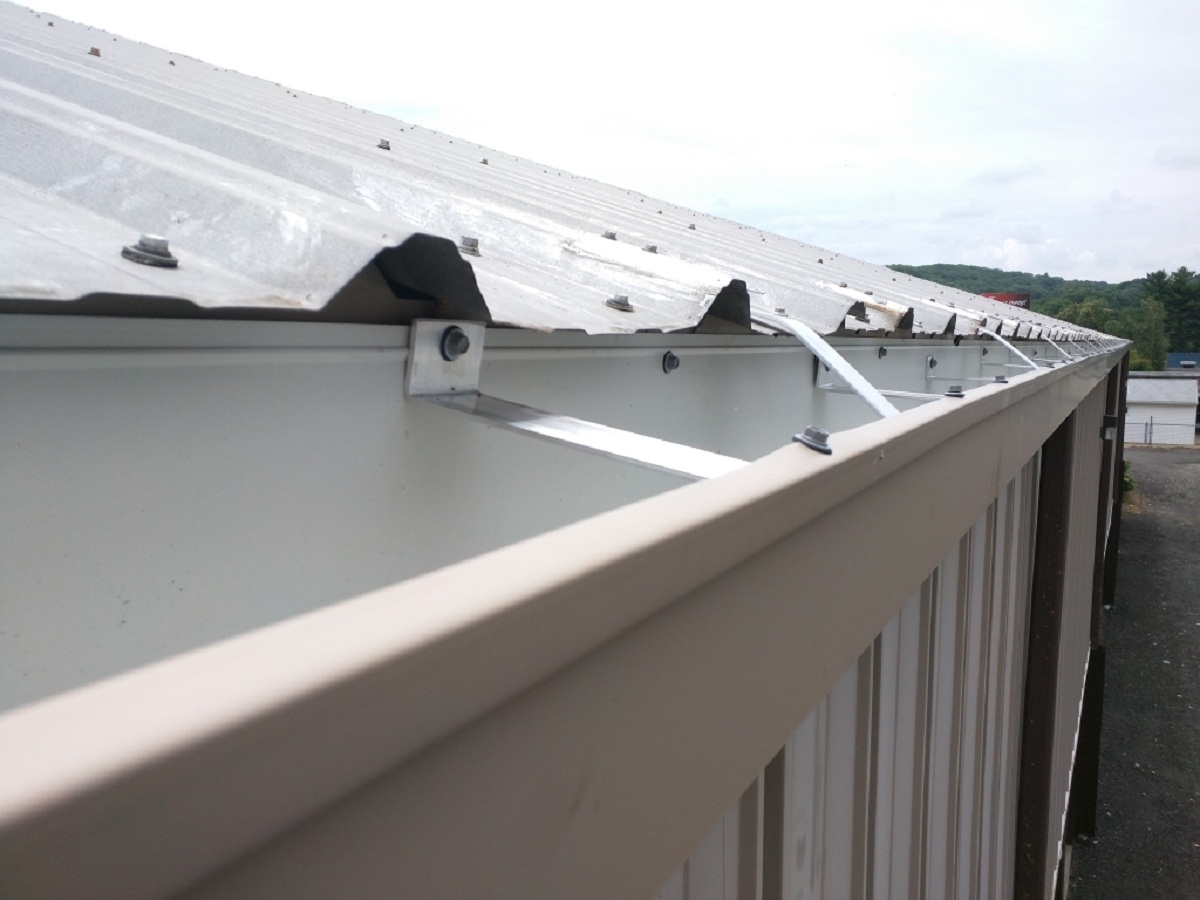



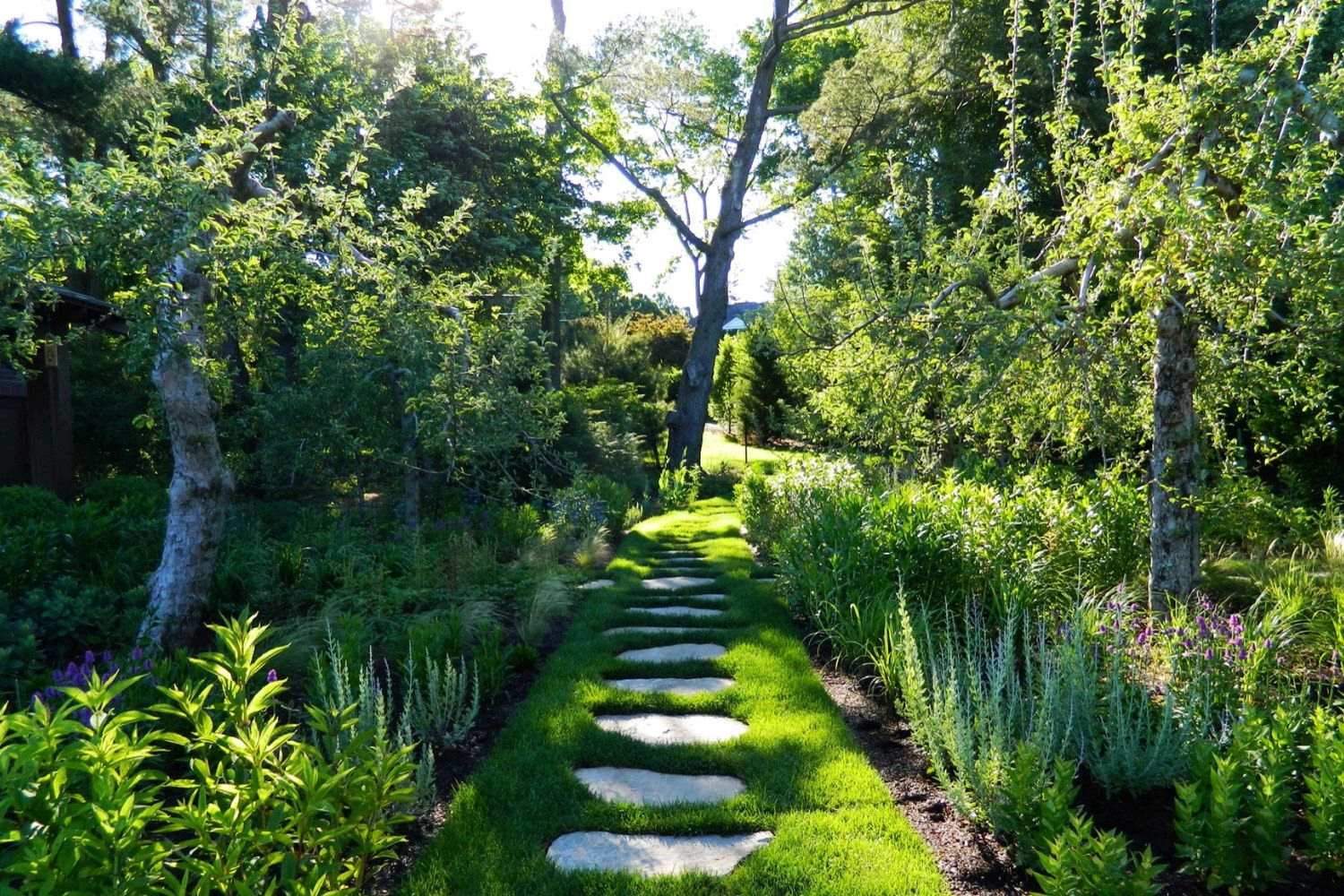

0 thoughts on “Algae Facade Installation for Sustainable Building Solutions”